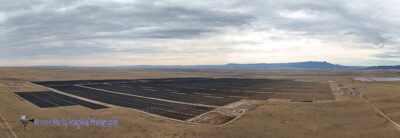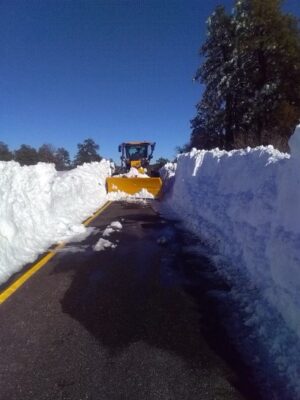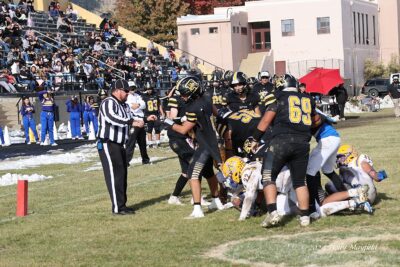The Community Collaborative Rain, Hail and Snow Network (CoCoRaHS) began on June 17, 1998. With a few observers along Colorado’s Front Range, we had no idea that the network would become what it is today, with over 26,000 active observers in the United States, Canada, Puerto Rico, the U.S.Virgin Islands, the Bahamas and Guam. Please join us for a series of messages airing during the summer of 2023 as part of our 25 year anniversary celebration.
CoCoRaHS – Celebrating 25 Years: The Accidental Network
State by state, CoCoRaHS grew to cover all states and most counties. Then the winter of 2010-2011 came along leaving a deep and widespread cover of snow and ice across the upper Missouri River Basin and parts of the southern Canadian prairies. As this snow melted in spring, torrents of flood waters inundated extensive areas of North Dakota, eastern Montana, and the entire flood plain of the Missouri River downstream all the way to St. Louis. Our Canadian neighbors also suffered weeks of hardship as flood waters from the Prairies made their way to Lake Manitoba and Lake Winnipeg. Lack of adequate data was blamed for some of the difficulties in predicting the magnitude, extent and timing of the flooding. The Canadian Wheat Board along with the Province of Manitoba reached out to CoCoRaHS and within a few months “CoCoRaHS Canada” was born. This Provincial effort quickly grew and now all parts of Canada can participate. This expansion required the addition of metric units and a French-language version of the website and some training materials. With the help of NOAA, Puerto Rico (2014) and the U.S. Virgin Islands (2015) joined the network next. In 2016 the World Meteorological Organization (WMO) in collaboration with NOAA, helped sponsor a CoCoRaHS pilot project in the Bahamas. Both Canada and the Islands of the Bahamas have taken well to CoCoRaHS and trust and use the data extensively. Recently CoCoRaHS expanded to Guam in 2022.
It is the quality and reliability of the volunteer-collected precipitation data from CoCoRaHS that has been our best asset. Thanks to all our thousands of dedicated volunteers for helping achieve this reputation. Also, our consistency in how we measure, the gauges we use, the training we provide, and the documentation of station locations and changes (referred to as “metadata”) all meet high standards. When we started back in 1998 we hoped for useful data but didn’t expect it to match or even exceed the requirements and expectations of existing official Federal networks.
Yet, independent testimonies from many data users such as the National Weather Service, the U.S. Department of Agriculture, research scientists, businesses, State Climatologists, and others consistently found that CoCoRaHS data – rain, hail and snow – were all “research quality – and at least comparable to precipitation data from official sources”.
Already more than 15 years ago, requests to export CoCoRaHS data to merge with official data collection networks began ramping up. First it was MADIS – the NOAAs Meteorological Assimilation Data Ingest System — that began to routinely export and use our data. Then in 2010 NOAA’s National Center for Environmental Information notified us here at CoCoRaHS headquarters that, on the merit of our data quality and extent, they intended to begin incorporating all daily reports from any volunteer who had submitted at least 100 reports in the Global Historic Climate Network – the primary data set used by scientists, businesses, educators and the public for monitoring local, regional, national and international climate conditions. This meant that CoCoRaHS data are archived and shared, right alongside National Weather Service Cooperative and Airport network data and similar networks from other countries around the world. This put some pressure on us – especially considering we encourage participant by volunteers of all ages and typically add a few thousand new “rookies” each year. So some are inevitable, and practice makes perfect. In response, we maintain a “Help Desk” to promptly answer phone or email questions from our volunteers. We also keep a meteorology student intern and/or professional meteorologist on staff as our “Data Quality Control Specialists” to make sure that potential errors are identified and rectified promptly.
To wrap up, we never planned to become a national network and certainly not international too – but it happened. It is amazing what a bunch of motivated volunteers can do when given the tools and presented with a challenge. We just wanted to learn more about the variation of precipitation on small local scales – but we’re learning so much more.





